Project: Planet Rebuild
Our project goal is to plant 2500 trees by 2025 and we will plant a tree in YOUR name at the point of check-in
We love our planet and the world we live in but we know humans aren’t being as kind to it as they should be.
Over the years we have implemented policies and procedures to minimise our negative environmental impact. As part of our journey to be an ecologically friendly business we are embarking on a project and we’d like to tell you all about it. But first, before we introduce you to our project we’d like to share with you information on why we are doing what we are doing, and ultimately why you should join us.
Human-driven climate change
Of all the major environmental emergencies that humans face, climate change caused by global warming is the one with the potential for the most cataclysmic consequences. It will, and does, affect all corners of Planet Earth and is the greatest threat to future human survival as we know it. Excess emissions of carbon dioxide (CO2) caused by human activities are one of the major drivers of human-driven climate change.
The three main CO2 inducing human activities driving climate change are:
- Increase use of fossil fuels (coal, oil, gas)
- Deforestation
- Increasing intensive agriculture
As a greenhouse gas, fast rising and excessive levels of CO2 creates a cover that traps the sun’s heat energy in an atmospheric bubble. This trapping of additional heat affects the amount of solar energy absorbed by the planet’s surface raising earth and ocean temperature which causes our climate to change.
Carbon dioxide is a major greenhouse gas: a gas that absorbs and traps heat, making sure the planet isn’t uninhabitably cold. It is a naturally occurring gas consisting of one part carbon and two parts oxygen. It is also one of the most important gases on the earth because plants absorb it to produce carbohydrates in a process called photosynthesis.
When scientists and environmentalists talk about climate change, they are usually referring to ‘human (or man)-made climate change’, which is different to regular old ‘climate change’. Climate change has always occurred throughout history, which is clearly seen in the geological record; this is a ‘natural’ process and one humankind cannot affect.
However, it is the rapid rate and the magnitude of climate change occurring now that is of great concern. The degree of change to the natural cycle of climate change is attributed to human activities – man-made climate change – which cause large amounts of CO2 to be emitted into the atmosphere.
What can we do to address climate change?
Ultimately, we need to reduce the amount of CO2 in the atmosphere. We can do this by:
- Limiting the use of fossil fuels and replacing them with renewable and cleaner sources of energy (all while increasing energy efficiency).
- Eating less meat (especially red meat)
- Limit deforestation (and increase reforestation)
What are the effects of human-driven climate change?
Climate change poses the largest environmental threat ever known by humankind. The effects of climate change span physical environments, ecosystems and human societies. Many impacts of climate change are already visible, including extreme weather, glacier retreats and changes in the timing of seasonal events (e.g., earlier flowering of plants).
As climate change worsens, dangerous weather events are becoming more frequent or severe. We will experience more frequent and intense droughts, storms, floods, cyclones, wildfires, minimum and maximum temperatures (heat waves). Warmer air can hold a higher water content, which makes rainfall patterns more extreme. Melting glaciers are causing sea levels to rise, and oceans are becoming warmer.
All these will wreak havoc on people’s livelihoods and communities and threaten crops, wildlife and freshwater and food supplies. In the future parts of the earth could become inhospitable for human and animal habitation, causing mass migration and/or extinction.
Other effects
The Intergovernmental Panel on Climate Change (IPCC), forecasts a temperature rise of 2.5 to 10 degrees Fahrenheit over the next century. According to the IPCC, the extent of climate change effects on individual regions will vary over time and with the ability of different societal and environmental systems to mitigate or adapt to change.
The IPCC predicts that increases in global mean temperature of less than 1.8 to 5.4 degrees Fahrenheit (1 to 3 degrees Celsius) above 1990 levels will produce beneficial impacts in some regions (i.e., extended growing seasons) and harmful ones in others (i.e., extended droughts).
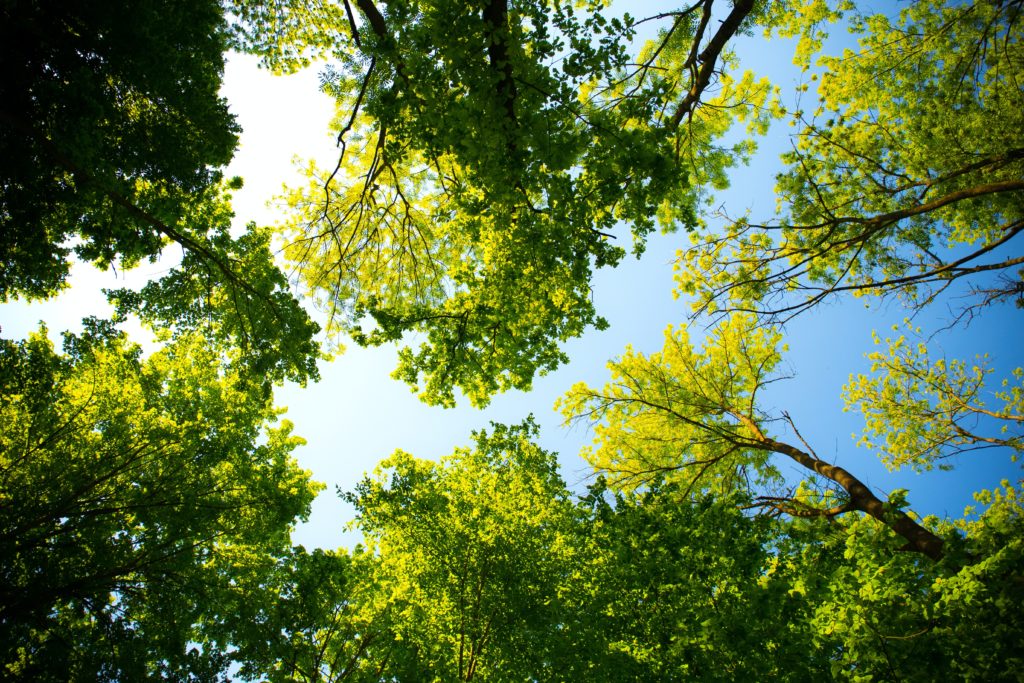
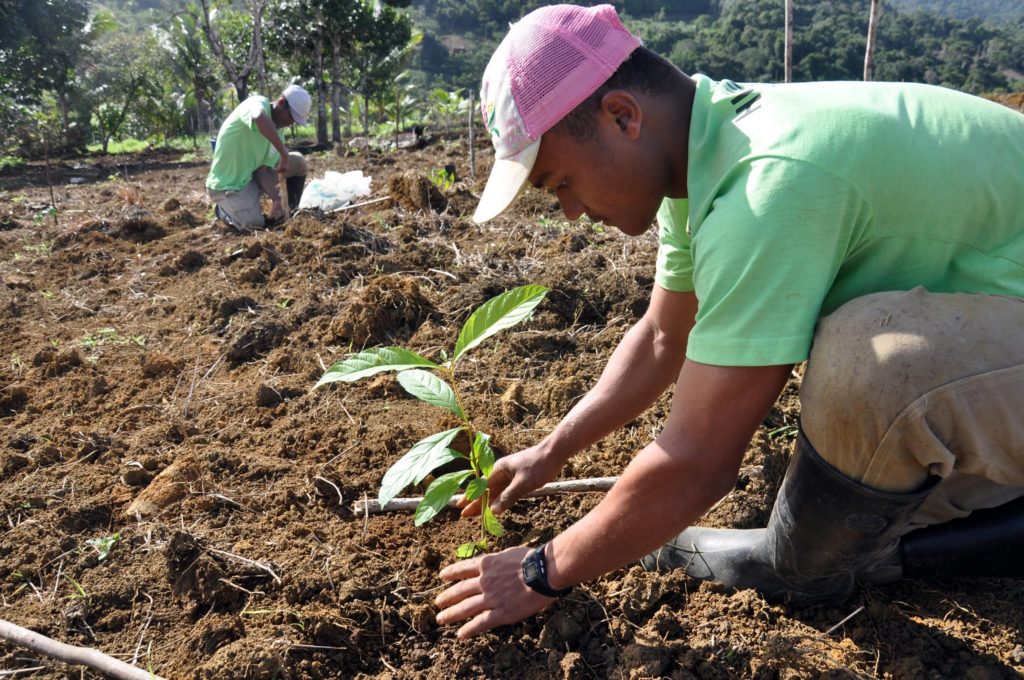
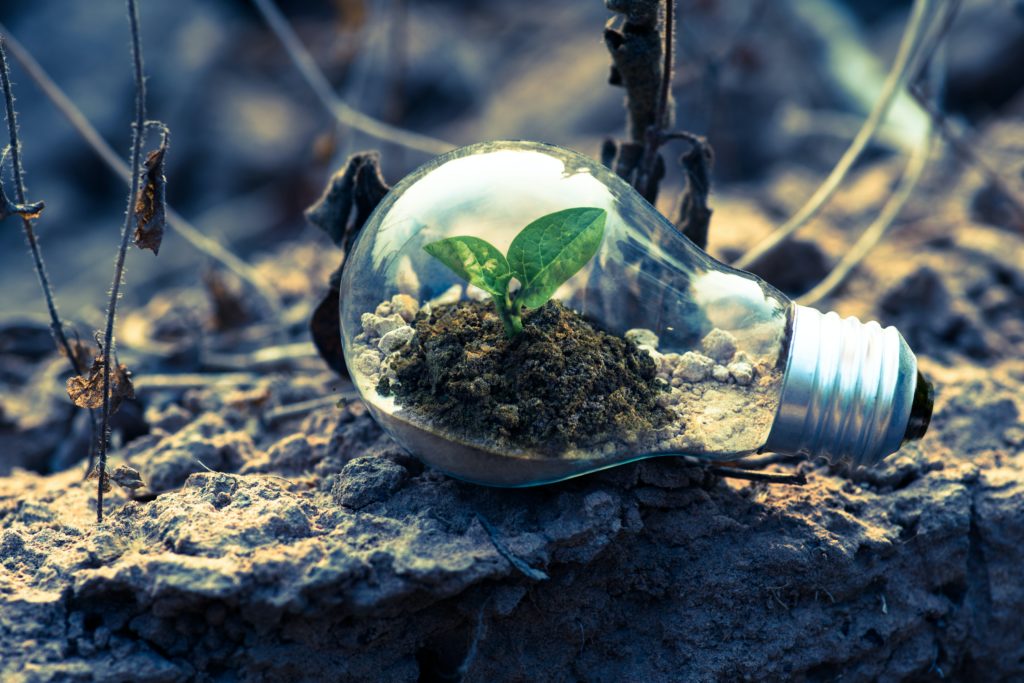
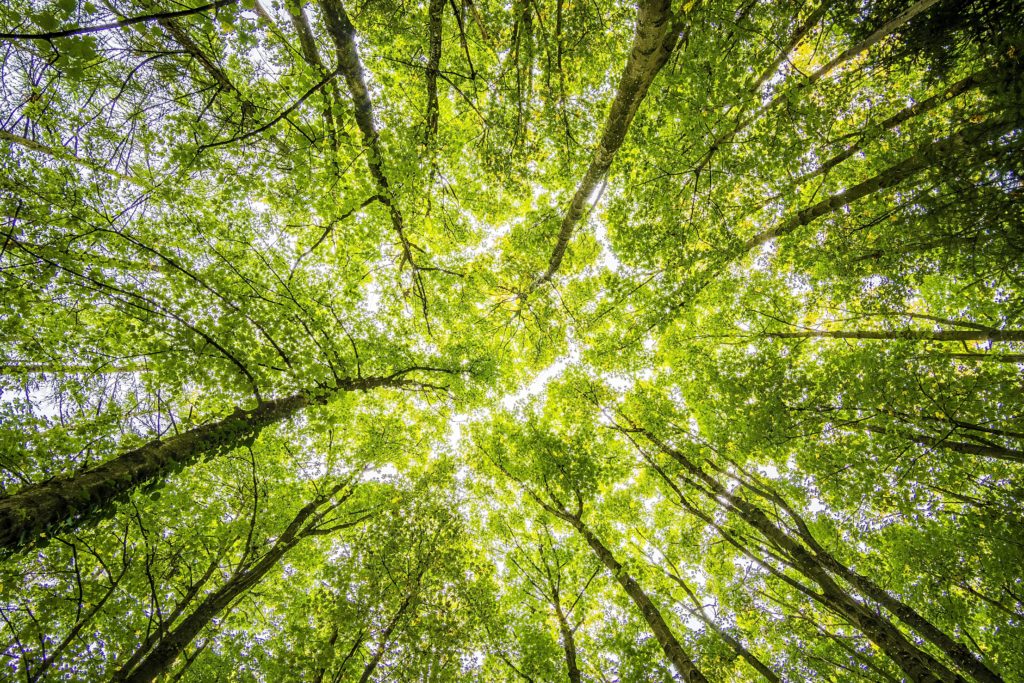
Project: Planet Rebuild
And here we are; knowing all the dangers of human-driven climate change we cannot do nothing. Millennials have been handed a world in a worse state than that which was given to the older generation. At Cohort, we understand we cannot change the world with our actions but we can do something.
So, we’ve started Project: Planet Rebuild. Very simply:
Our goal is to plant as many trees as we can
This goal is part of a wider commitment to being a carbon neutral business. Carbon neutrality is achieved by our carbon reducing measures (see our sustainability page) and by neutralising the emissions of CO2 generated by our business, through purchasing carbon credits via our carbon neutral partners Carbon Footprint Ltd and also the implementation of this tree-planting campaign.
Why trees?
Trees are our family members, our kindred spirits, our brothers and sisters-in-arms, our survival companions. However, we have not been treating them as so, even since we have understood the significance of their presence in our lives.
Trees are essential for the existence of people, wildlife and the environment.
Trees breathe in carbon dioxide (CO2) and exhale oxygen (O2). Humans breathe in O2 and exhale CO2. You see the link here? We need each other for own individual survival.
And stating the other obvious benefit of trees; they consume CO2, the same gas that is causing global warming. As trees grow they absorb CO2 from the atmosphere – helping to combat climate change – by removing carbon dioxide from the air, storing carbon in the trees and soil, and releasing oxygen into the atmosphere.
So we need a balance of CO2 and trees in order for environmental and human equilibrium. However, as mentioned above, CO2 is also a greenhouse gas and too much CO2 in the atmosphere and/or less trees in the environment will increase global warming. And this is where we are now. There is an imbalance.
So with 9 of the warmest years on record since 2010 and biodiversity loss being described as the sixth mass extinction, by planting trees we can help clean the air, fight climate change and bring forests back to life.
How will planting trees help?
Planting trees is a win-win. First and foremost, it can help slow climate change in the future through increasing the earth’s ability to absorb greater amounts of CO2. Then there are the many added benefits to covering more of the planet with trees.
Added benefits of planting trees
Our tree partner’s projects provide fair wage employment to impoverished villages and communities across the world. This gives people a wage to feed their families and communities an income to support local trade.
Every tree planted absorbs carbon dioxide from the atmosphere. It also releases oxygen, filters the air, filters rainfall and increases atmospheric moisture.
Deforestation is one of the biggest sources of carbon dioxide, because when trees are cut down much of the carbon stored within them escapes into the air – especially if the wood is burned.
In 2020 global forest area was approx. 4.06 billion hectares. 420 million hectares has been lost since 1990. The annual rate of deforestation between 2015-2020 was estimated at 10 million hectares, which is a decline since 2010-2015 when deforestation was reaching 12 million hectares per annum.
Whilst it is good news that deforestation has been declining over the past three decades, global CO2 emissions has increased by 62% in this period (UN report 2020). In addition, the more trees planted, the healthier forests that begin to re-emerge – restoring animal habitats, purifying and preserving water sources, replenishing soil and controlling flooding and erosion which can reduce pollution in our waterways
…And an added benefit which is dear to our hearts:
Reduces ocean acidification
By planting more trees and reducing CO2 we help our oceans. Oceans are the largest single carbon sink in the world, dwarfing the absorbing abilities of the Amazon rainforest. Oceans absorb CO2 through sucking up from the air as well as via sea plants breathing in carbon dioxide which then exhales oxygen, just like land plants (scientists believe 60-80% of our oxygen is produced this way).
So, the more CO2 there is in the atmosphere and the less trees there are in the environment, means the oceans have to take up the slack in absorbing CO2. The oceans are working hard to absorb the extra carbon but there is an effect, the ocean is acidifying.
The most common cause of ocean acidification is through carbon absorption and the transfer of CO2 and O2. Carbon dioxide reacts with seawater to form carbonic acid which causes the acidity of seawater to increase.
Ocean acidification reduces the amount of carbonate, a key building block in seawater making it more difficult for marine organisms, such as coral and some plankton, to form their shells and skeletons, and existing shells may begin to dissolve.
The ocean is home to a complicated and diverse ecosystem. Increased acidity can harm or help individual plant and animal species in different ways. Some organisms are likely to become more abundant, and others less so e.g. seagrasses may grow faster if more dissolved carbon dioxide is available, while the number of oysters may decrease as fewer larvae complete their life cycle due to increased acidity.
Ocean acidification can significantly damage marine habitats, alters marine resource availability and disrupts ecosystems, and combined with direct ocean warming the impacts of ocean acidification could be enormous. The change in ocean chemistry may lead to collapsing food webs, corrosive polar seas, dying coral reefs and mass extinctions which could alter our food, water and air forever.
2500 trees will extract approximately 750 tonnes of CO2 from our atmosphere.
…. and just as importantly we become one tiny part of a world-wide movement of socially conscious businesses and communities who will drive this momentum towards a low carbon economy.
How will trees be purchased?
It costs just £1 to have a tree planted via our carbon offsetting scheme and we will:
- Automatically plant a tree in your name at the point of check-in
- Encourage you to donate £1 or more to plant additional trees
- Work with suppliers to offsetting their carbon with us
- Offset our building CO2 emissions every month
- Sell trees at reception
- Add the (optional) cost of planting 5 trees to organised groups’ invoices
- Encourage the use of tree-planting digital platforms, e.g. Ecosia search engine
- Offset the carbon generated from our free teas and coffee
Calculating our carbon
It is supremely difficult to accurately record or calculate the amount of carbon that is produced from our business activities. To meet our aspirations, we sometimes have to rely on crude assumptions and basic calculations. We over compensate in some areas in the hope that this will offset in other areas we are unaware of or cannot accurately calculate.
For example, using our energy monitoring system we know what our carbon impact is every month from the use of our utilities. Whilst our electricity comes from renewable sources our gas does not. We know on average (according to 2019 UK Government report on carbon emissions) that 0.184kg of CO2 is produced for every kWh of gas. And so every month we’ll calculate the number of trees we have to purchase to offset this impact
Our business activities extend much further than our utilities. Guests travel to stay with us and then travel around Cornwall sightseeing; our suppliers create CO2 through their activities to supply us with their products/services; we consume so much more than the utilities that keep this building going – such as food and drinks (yes, even the ‘free’ tea and coffee comes with a hefty price tag – 1kg of coffee creates 15.33kg of CO2!).
So as part of part of our campaign to plant 2500 trees we will be encouraging all our guests to buy a tree to carbon offset their travel, and as well as encouraging our suppliers to purchase trees from us to offset our mutually-beneficial activities.
In addition, we minimise our carbon footprint by (where possible) only buying local (i.e Cornwall) or products that that aren’t fossil fuel intensive to produce (i.e bamboo products).
When calculating our carbon offsets we will use the average annual absorption rate of a tree (over its 25 year lifespan) which is 12kg a year (so 1 tree = 12kg absorbed)…as opposed to the total absorption over a trees lifetime which is 0.3 tonnes.
So, with 5 of the warmest years on record occurring since 2010 and biodiversity loss being described as the sixth mass extinction, by planting trees we can help clean the air, fight climate change and bring forests back to life and anything we can do to offset the excesses of human-made carbon, can only be a good thing. Hence our pushiness to buy trees!
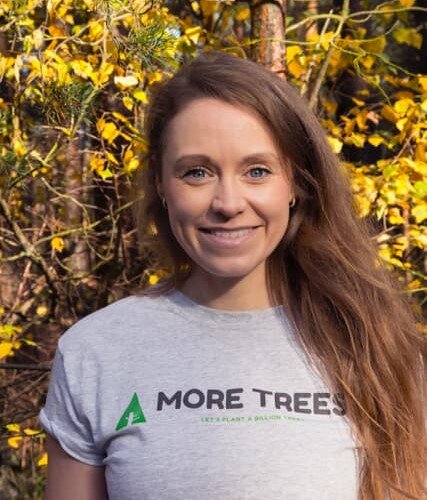

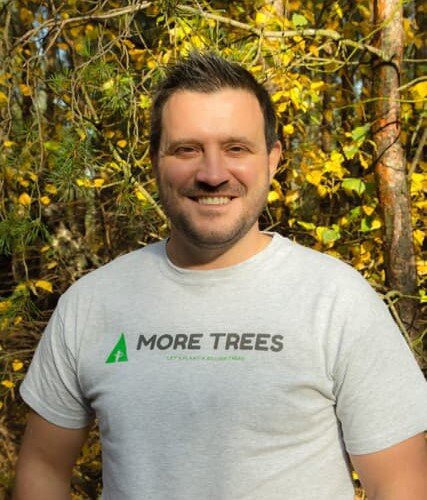
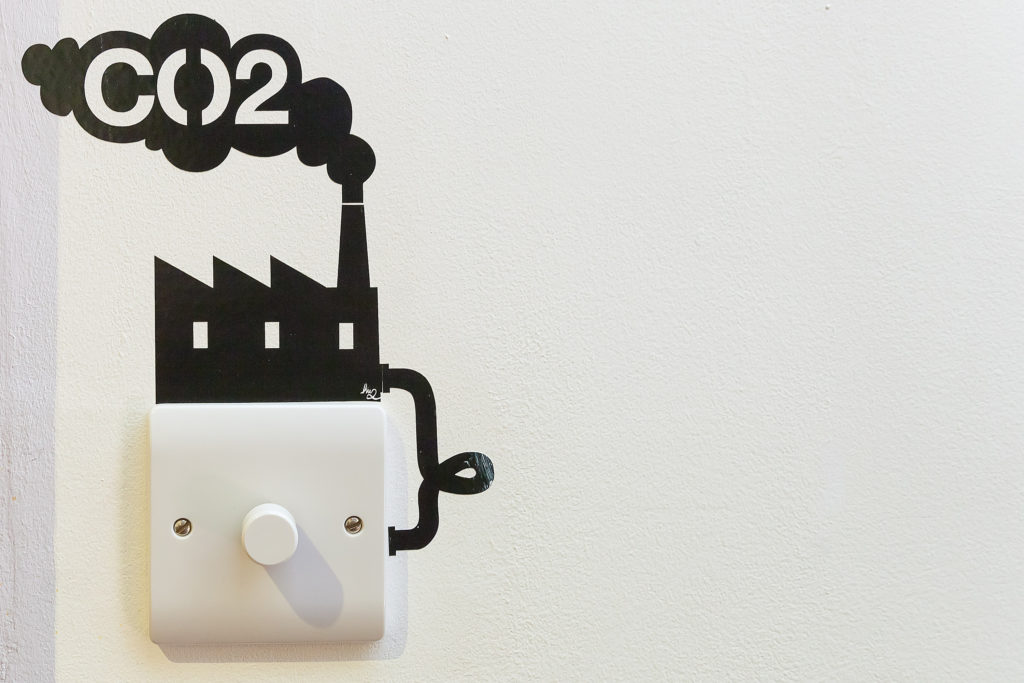
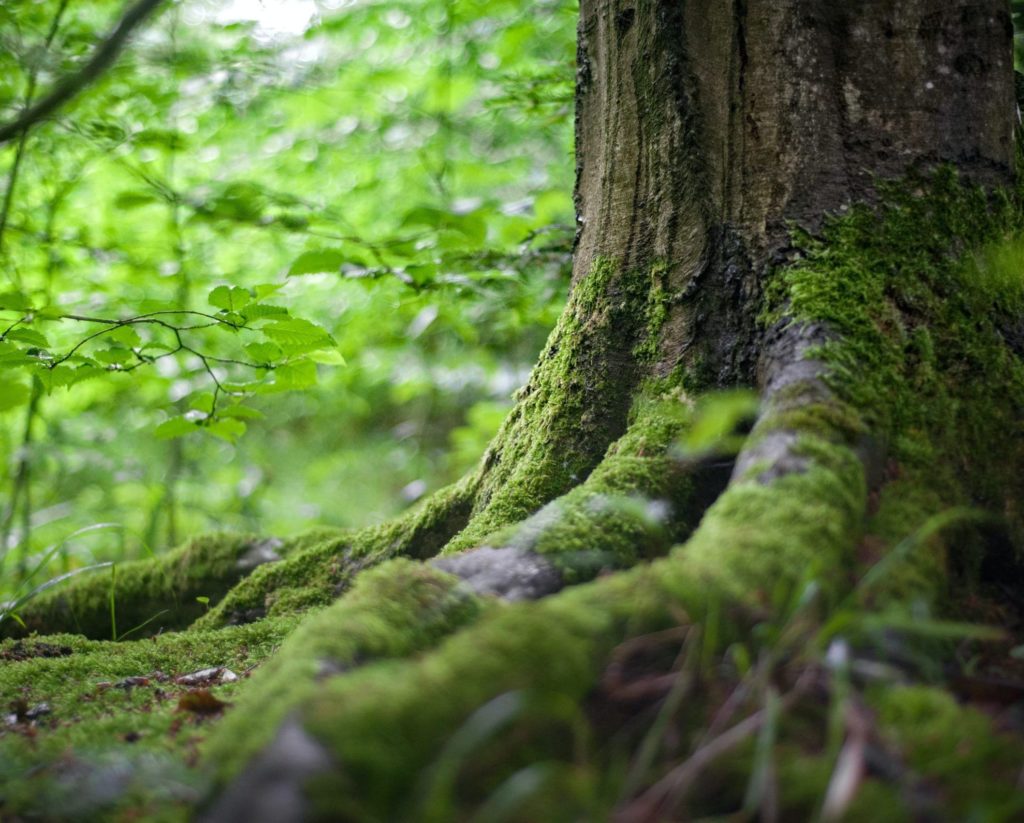
MoreTrees
… our planters-in-crime
Introducing our magnificent tree planting partners MoreTrees. Co-founders Niki Tibble and Alan Wilson (pictured above).
MoreTrees’ goal is to help people and businesses plant one billion trees as quickly as possible. They partner with regulated non-profit NGOs who work with local communities to restore healthy forests and reduce extreme poverty across the world – mainly in Madagascar, Kenya, Haiti and Nepal.
When you buy a tree from us (Cohort), all the money goes directly to MoreTrees who then arrange for the tree to be planted on your behalf. We had a choice when we partnered with these guys to either plant our purchased trees in a specific region they work in, or to plant a tree ‘where it is most needed’. We chose the latter as we felt this would be most useful to the overall tree planting project.
Survival rate of trees?
The trees planted have an 80% survival rate, with the remaining 20% consists of natural regeneration that happens in a forest.
When are the trees planted?
Trees are planted as quickly as the planting season allows, to give maximum chances of survival, which can sometimes take up to 3 months
How much carbon does a tree use?
The amount of carbon absorbed by a tree depends on the tree type, location and life. Our tree planting partner plants mangroves – one of the most effective and economic methods of offsetting carbon emissions. Each mangrove tree removes approximately 0.3 tonnes of CO2 from the atmosphere over its growth life – approximately 25 years. That equates to an estimated 12kg per year.
And these are the numbers we use to calculate the numbers of trees we need to plant every month to offset our carbon.
Further questions you may have about our tree planting partners can be found here.
Flip side
However, of course there are flip sides and context which you must be made aware of to fully understand the problems and solutions of planting trees and reducing carbon in the atmosphere. We’ll touch on them here but by and large we’ll leave it up to you on whether you’d like to support our campaign.
We do go into the idea of planting with our eyes open. There are scientific reasons why planting trees in some areas can cause net-warming to the environment, which of course we do not wish to be a part of. If you’d like to read more about this then check out this great article by the BBC – Planting trees doesn’t always help with climate change.
In conclusion
Whilst trees will definitely help us slow climate change, they won’t reverse it on their own. And this is a point we wish to get across. It will take a multitude of efforts and global behavioural changes to slow climate change from its current course to where we need it. Our project here is not the entire solution, it is but one small part of it.
As described, we’ve taken into consideration the idea of not planting trees, on balance however we felt the benefits far outweigh not doing it. The added benefit of changing behaviours and getting people thinking about climate change can be just as powerful as the simple act of buying a tree. That is why we believe in our project and have chosen the right tree planting partner.


